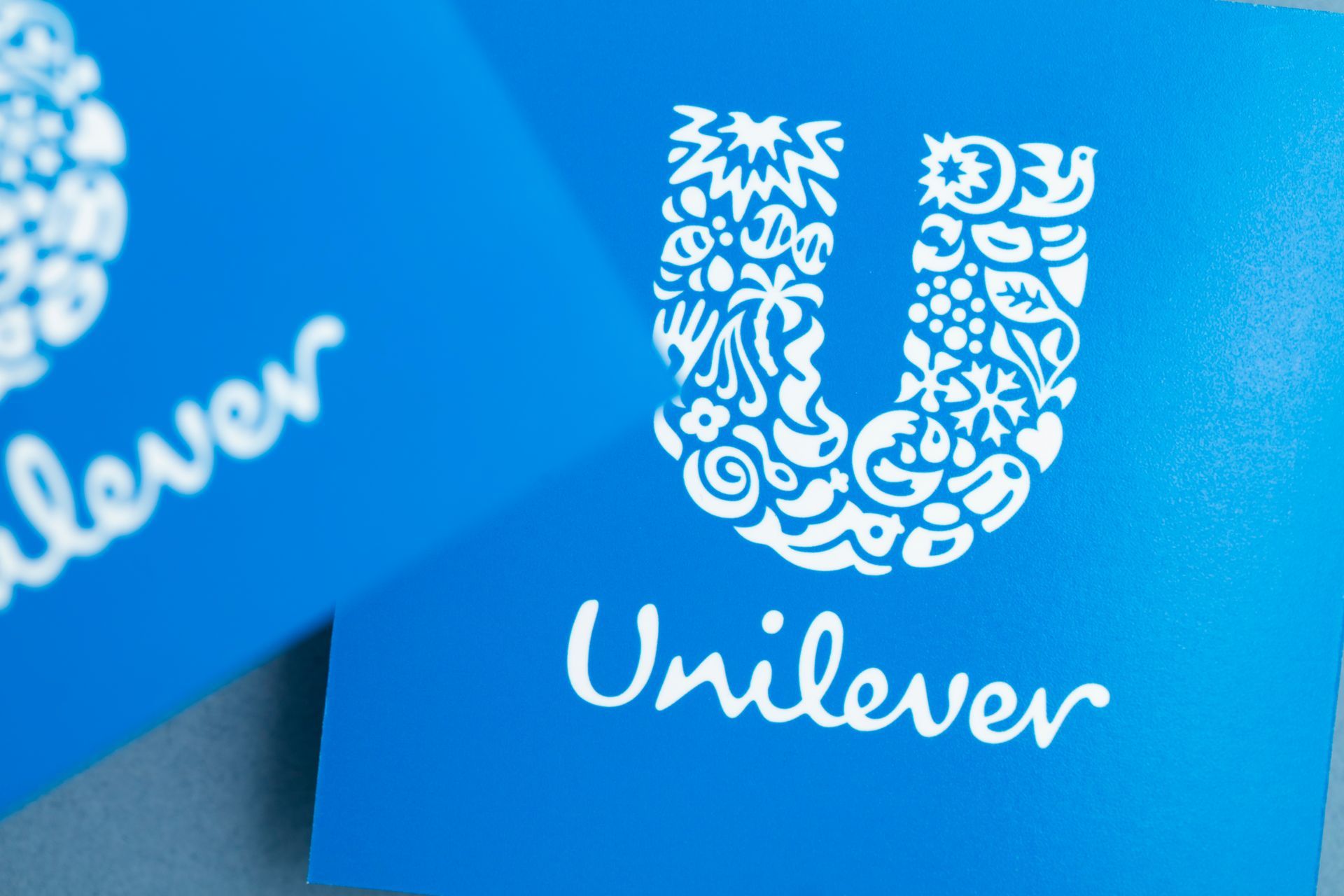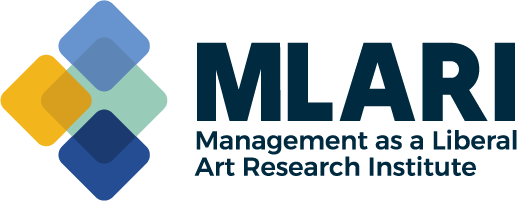Satya Nadella and the Liberal Art of Management
PUBLISHED:
When Satya Nadella assumed the role of Microsoft’s Chief Executive Officer in February 2014, the company was experiencing the early symptoms of organizational sclerosis. Though still profitable, it had lost ground to more agile competitors in the mobile and cloud sectors. Internally, Microsoft had become fragmented—defined more by turf battles than innovation. The challenges Nadella inherited resembled those Peter Drucker articulated decades earlier in his conceptualization of the Functioning Society of Institutions (Drucker, 1946). Drucker’s view—deeply shaped by the failure of social cohesion in interwar Europe—called for institutions to reorient themselves not just around efficiency, but around meaning, moral purpose, and self-development. Nadella’s Microsoft has arguably become one of the clearest corporate embodiments of Drucker’s philosophy of Management as a Liberal Art (Drucker, 1989).
Much of Nadella’s success can be attributed to his emphasis on empathy and cultural reinvention. Prior to his appointment, Microsoft was widely seen as a combative, insular organization (Lohr, 2014). Nadella moved swiftly to change this. In his internal communications and public interviews, he spoke often of empathy—not as a rhetorical flourish, but as a managerial imperative. This commitment mirrored Drucker’s belief that management must engage the whole human being, acknowledging both rational capability and emotional complexity (Drucker, 1989). Drucker emphasized that organizations ought to be places where people grow in both skill and character. Nadella’s redefinition of leadership as empathetic listening and continuous learning operationalized that belief in a modern, corporate context.
At the center of Nadella’s early cultural transformation was the introduction of a "growth mindset," a concept he borrowed from psychologist Carol Dweck (Dweck, 2006). Employees were encouraged to ask questions, seek feedback, and approach problems with humility. Drucker had long argued that a functioning institution required the cultivation of self-awareness and wisdom (Drucker, 1993). Nadella, in fostering a company-wide learning orientation, aligned Microsoft's trajectory with the MLA principle that personal development and organizational mission must progress hand-in-hand. The result was an environment that encouraged intellectual humility without sacrificing performance.
Equally important in understanding Nadella’s alignment with Drucker’s MLA framework is the redefinition of Microsoft's mission. Under Steve Ballmer, the mission had been tightly product-focused: "a PC on every desk and in every home." Nadella’s version was broader and more aspirational: “to empower every person and every organization on the planet to achieve more” (Microsoft, 2017). Drucker might have called this a shift from a narrow economic mandate to a wider societal purpose. In The Concept of the Corporation, Drucker (1946) warned against corporations existing as islands of profit, detached from community responsibilities. Nadella’s mission reframed Microsoft not just as a tech vendor but as a social actor—a stakeholder in global development.
Drucker’s emphasis on function and status within a functioning institution also finds modern expression in Nadella’s restructuring of Microsoft's performance evaluation system. The previous stack-ranking model—which pitted employees against each other—was scrapped (Wingfield, 2013). It had rewarded individual performance over team cohesion, eroding trust and stifling creativity. Nadella implemented a performance system that rewarded collaboration, curiosity, and contributions to others’ success. This pivot acknowledged Drucker’s claim that organizations succeed not when individuals compete within them, but when their actions contribute meaningfully to a shared mission (Drucker, 1989).
In accordance with Drucker’s MLA principle that organizations must exist within society—not apart from it—Nadella also led Microsoft into a new era of corporate social responsibility. Under his watch, Microsoft committed to becoming carbon negative by 2030, developed AI tools for accessibility, and began publicly advocating for ethical technology development (Microsoft, 2020). Drucker (1999) asserted that institutions must balance individual rights with societal duties. Nadella’s policies gave concrete expression to this ideal, embedding corporate ethics into strategy, not as appendages but as essential elements of long-term resilience.
Crucially, Nadella has approached leadership with the recognition that authority alone does not confer legitimacy. Drucker emphasized the importance of persuasion over coercion, process over fiat (Drucker, 1990). Nadella, rather than enforcing top-down directives, frequently invites employee participation in major shifts. Microsoft’s move into open source software—once unthinkable—was carefully socialized within the organization and presented not as an edict, but as a necessary cultural and business evolution (Miller, 2018).
The broader implications of Nadella’s leadership can be understood through Drucker’s transdisciplinary lens. Drucker saw management as a “liberal art” because it required the application of ethics, psychology, history, and even theology in decision-making (Drucker, 1989). Nadella frequently cites literature, philosophy, and biography in his public remarks. His personal reflections often involve moral and philosophical introspection, underscoring Drucker’s belief that leadership is a humanistic endeavor requiring breadth of thought and emotional depth (Nadella, 2017).
Despite Microsoft’s technological focus, Nadella’s management philosophy resists technocratic reductionism. His belief that people—not platforms—are the key to innovation affirms Drucker’s warning that effective management is not merely quantitative but judgment-based (Drucker, 1990). Microsoft’s market capitalization under Nadella has more than tripled, underscoring that an ethical, human-centered organization is not incompatible with economic success (Nasdaq, 2024).
As Drucker argued in The New Realities, leadership in a knowledge society must move beyond command structures and embrace complexity, diversity, and continual learning (Drucker, 1989). Nadella has not only embraced these values—he has embedded them into Microsoft’s organizational DNA. His leadership demonstrates that Management as a Liberal Art is more than a theoretical framework; it is a viable, proven, and necessary strategy for organizational renewal and social relevance in the 21st century.
References
· Drucker, P. F. (1946). The concept of the corporation. New York: The John Day Company.
· Drucker, P. F. (1989). The new realities: In government and politics, in economics and business, in society and world view. New York: Harper & Row.
· Drucker, P. F. (1990). Managing the non-profit organization: Practices and principles. New York: HarperBusiness.
· Drucker, P. F. (1993). Post-capitalist society. New York: HarperBusiness.
· Drucker, P. F. (1999). Management challenges for the 21st century. New York: HarperBusiness.
· Dweck, C. S. (2006). Mindset: The new psychology of success. New York: Random House.
· Lohr, S. (2014, February 4). Satya Nadella, Microsoft’s new chief, is a company man. The New York Times. https://www.nytimes.com/2014/02/05/technology/satya-nadella-named-chief-of-microsoft.html
· Microsoft. (2017). Our mission. https://www.microsoft.com/en-us/about
· Microsoft. (2020). Microsoft will be carbon negative by 2030. https://blogs.microsoft.com/blog/2020/01/16/microsoft-will-be-carbon-negative-by-2030/
· Miller, C. C. (2018, October 22). How Satya Nadella remade Microsoft as an open source company. The New York Times. https://www.nytimes.com/2018/10/22/technology/microsoft-open-source.html
· Nadella, S. (2017). Hit refresh: The quest to rediscover Microsoft’s soul and imagine a better future for everyone. Harper Business.
· Nasdaq. (2024). Microsoft Corporation (MSFT) stock performance. Nasdaq.com. https://www.nasdaq.com/market-activity/stocks/msft
· Wingfield, N. (2013, November 12). Microsoft alters employee review process. The New York Times. https://www.nytimes.com/2013/11/13/technology/microsoft-alters-employee-review-process.html





